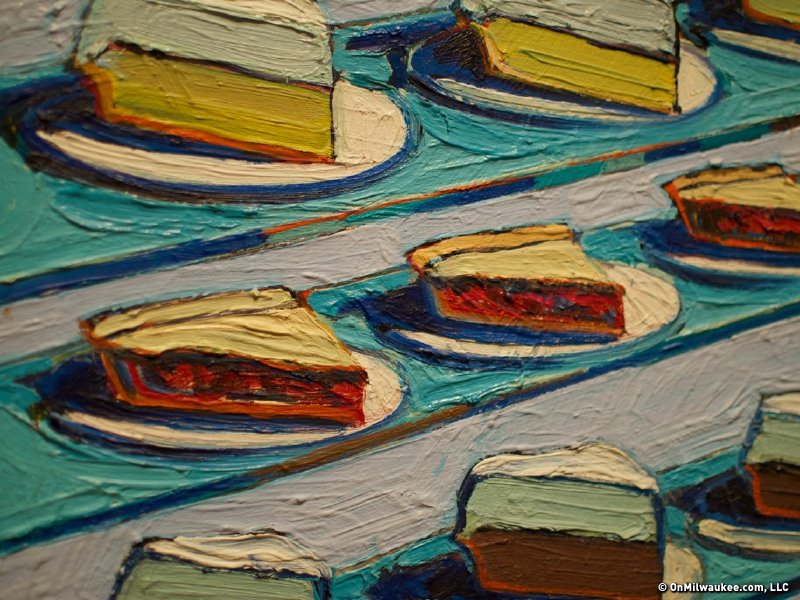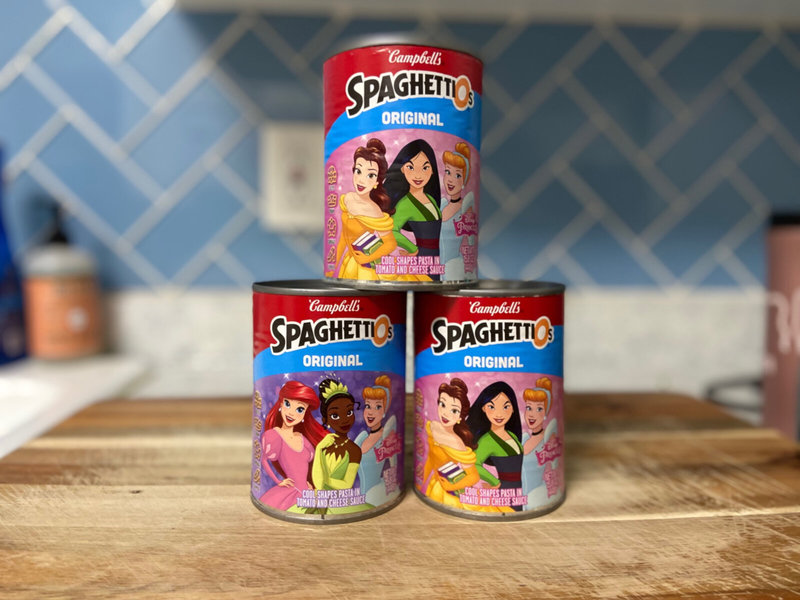For the seventh straight year, October is Dining Month on OnMilwaukee.com, presented by the restaurants of Potawatomi. All month, we're stuffed with restaurant reviews, delectable features, chef profiles and unique articles on everything food, as well as the winners of our "Best of Dining 2013."
Food is as prevalent in art as it is in restaurants and refrigerators, so it’s easy to find edible-themed works – you might even call it eye candy – at the Milwaukee Art Museum.
Recently, Tanya Paul, the Isabel and Alfred Bader Curator of European Art, treated us to a tour of the museum’s foodiest masterpieces. Paul has held her position for just four months – she was previously a curator at the Fillbrook Museum in Tulsa, Okla. – but she was already well aware of where all the goodies were located.
Food, she pointed out, has always been prevalent in art throughout history. Most likely because we all need to eat.
"Food in art is ubiquitous. From antiquities all the way through contemporary it continues to be a subject," she says.
And food is represented in many different styles and mediums – not solely still life paintings of fruit bowls. But we saw those, too, and would have been disappointed if we didn’t.
For example, Sevrin Roesen’s "Still Life," painted in 1852, shows an overflowing abundance of wine, flowers and food. "This is a distinctly American still life," says Paul.
Paul went on to inform us that, centuries ago, food items in paintings were usually embedded in religious paintings, but eventually, became an independent genre.
Georgia O’Keeffe’s portrait, "Apple Family," features five apples of different sizes, two larger and three smaller. Painted in 1921, it is a more modern example of still-life fruits in the museum’s collection.
"This piece has a wonderful oscillation between representation and abstraction that’s truly gorgeous," says Paul. "Her surfaces are so soft and beautiful and so wonderfully expressive."
In response to the ongoing popularity of the still life is Wisconsin artist Beth Lipman’s "Laid Table." Created in 2007, the piece includes dozens (or more) blown glass food and food-related items on a wooden table.
"The artist is riffing on the genre of still life painting," says Paul.
The fruits of the sea are also common subject matter for paintings throughout history, such as Dutch painter Pieter Claesz’s "Still Life With Crab," which was painted in 1657 and Lovis Cornith’s "The Meal of the Oysters."
Also, Italian painter Gaetano Cusati’s "Still life with Fish," created in 1710, shows the reality of seafood before it’s cleaned for consumption. "You can feel the wetness and the cold, clammy quality in this. He captures it really well," says Paul.
The museum has a lot of vessels that serve food.
Today, people do not have as many serving pieces for specific food items. The trend has gone in the opposite direction and it’s common for people to serve everything from water to wine in mason jars or to use the same set of dishes for both casual and celebratory meals.
However, in the 1700s, some French folks used a special porcelain bowl to serve chestnuts. One of these chestnut bowls is on display at the museum.
"This incredibly delicate and beautiful bowl was used to serve candied chestnuts which were a delicacy at the time," says Paul.
The museum also displays a posset pot, popular in 17th century England. At the time, posset was a popular hot beverage made from milk, wine, ale, sugar, cream, cinnamon and nutmeg and the pot separated the thicker liquid from the thinner, more-drinkable liquid.
The museum also has a great collection of German steins and tankards.
"If there was ever a culture that embraced and celebrated drinking it was 19th century Germans," says Paul.
The vessels are adorned with images representing what was going on at the time. One, for example, was designed when Charles Darwin’s writings were first published and features a human hand shaking the hand of a monkey on the lid.
"They were more than decorative. They were directly engaging with the culture," says Paul.
The concept of gluttony or over-indulgence is also prevalent in art, like Jacques de L’Ange’s oil painting "Gluttony" that shows a heavy man drinking too much and descending into a life of excess.
On the flip side, Charles Amedee Philippe Vanloo’s painting, "The Satyrs," shows a more playful side of decadence. Two satyrs, one an adult and the other a baby, drink wine streams from a punctured wine barrel. (Because babies love wine, of course.)
"Instead of being tied to the traditional image of vice, this painting is more about pleasure and enjoyment from consumption," says Paul.
Wayne Thiebaud’s "Refrigerator Pies," painted in 1962, and Andy Warhol’s "Campbell Soup" from 1965 are both famous examples of contemporary food art. And fun to look at.
Vestie Davis’ "Nathan’s Coney Island" from 1971 depicts a famous hotdog stand and is also entertaining to view. "This is a long way from the chestnut bowl, but equally part of culture," says Paul.
The museum’s Haitian collection features numerous works featuring food, including "Crowded Market," by Laurent Casimir.
"We paint things that are around us and food is always around us," says Paul.
Molly Snyder started writing and publishing her work at the age 10, when her community newspaper printed her poem, "The Unicorn.” Since then, she's expanded beyond the subject of mythical creatures and written in many different mediums but, nearest and dearest to her heart, thousands of articles for OnMilwaukee.
Molly is a regular contributor to FOX6 News and numerous radio stations as well as the co-host of "Dandelions: A Podcast For Women.” She's received five Milwaukee Press Club Awards, served as the Pfister Narrator and is the Wisconsin State Fair’s Celebrity Cream Puff Eating Champion of 2019.







